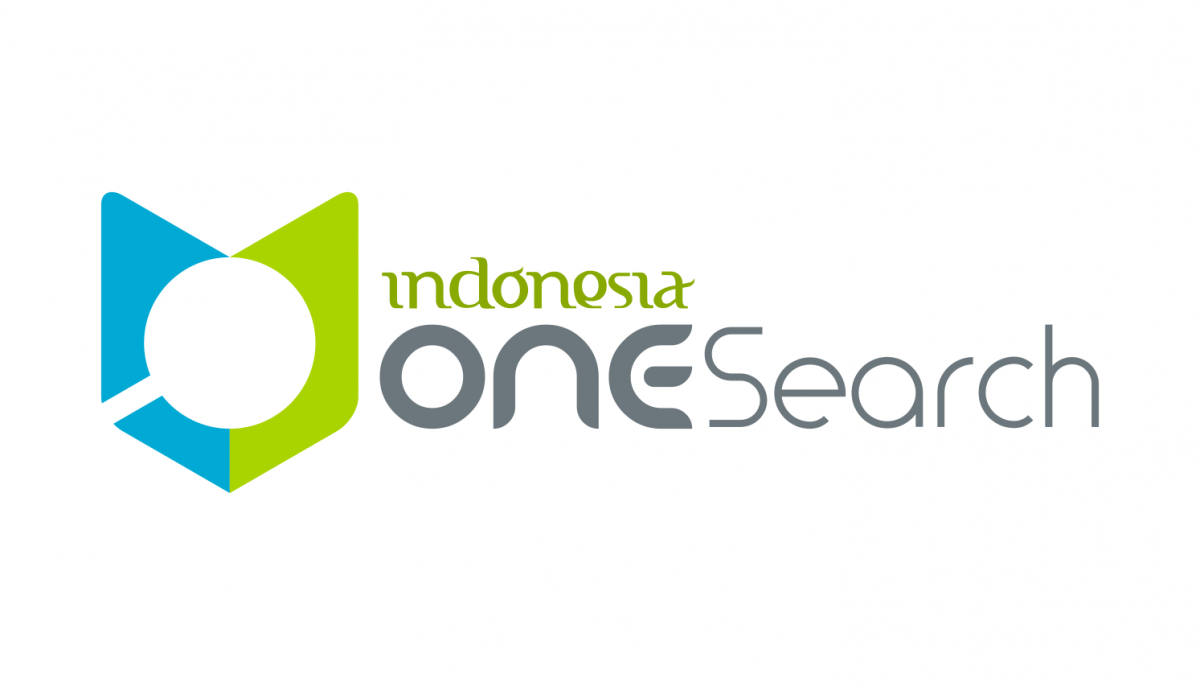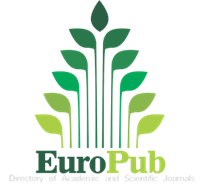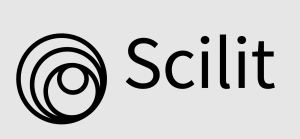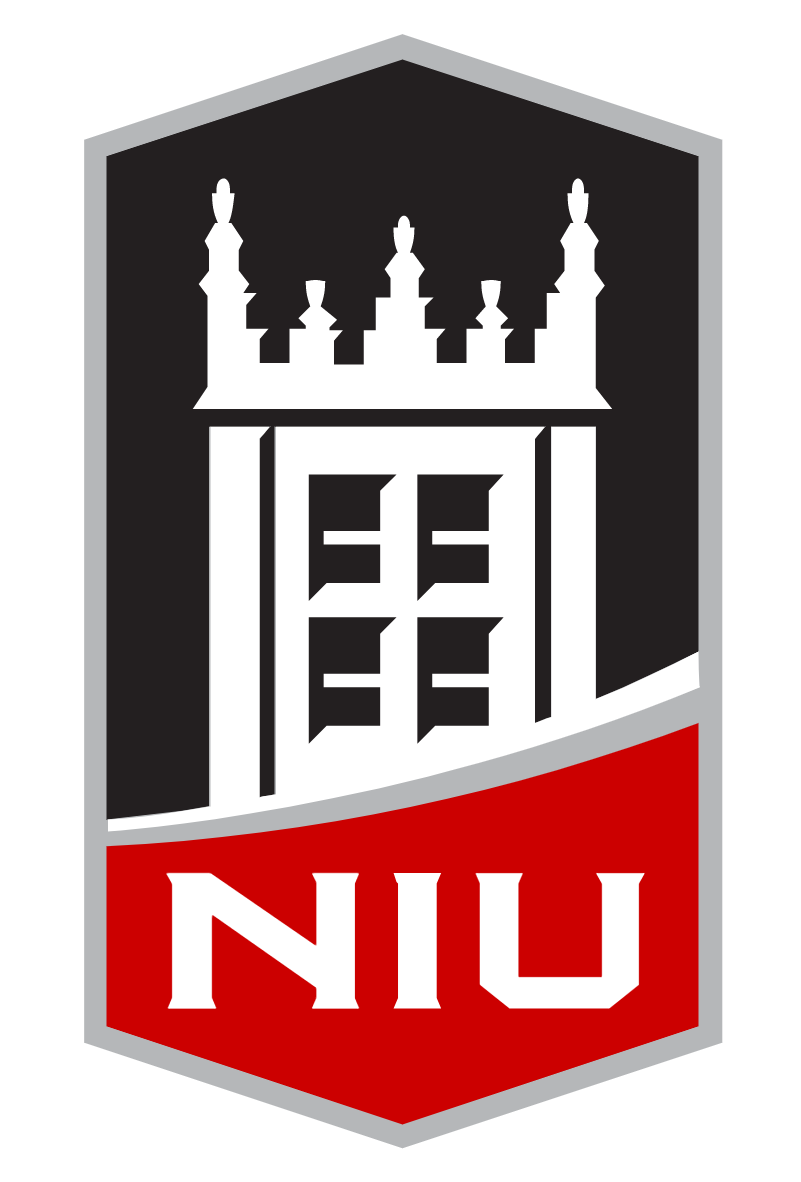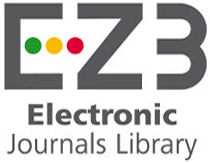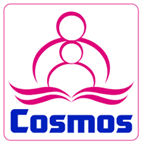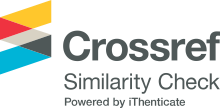Abstract
Background: Narrowband ultraviolet B (NB-UVB) become the mainstay of widespread vitiligo therapy due to its great efficacy and safety compared with other modalities. The use of NB-UVB for vitiligo has been widely studied in adult patients, while studies on geriatric patients specifically are still very limited. This report aims to show the immediate response after the initial treatment, side effects of therapy, and other problems that were encountered during therapy in two geriatric patients with vitiligo who have been followed up for more than 12 months.
Case Illustration: We reported two geriatric patients with vitiligo treated with NB-UVB phototherapy combined with topical treatment for more than 12 months. The first patient was 68-year-old woman, with Fitzpatrick skin type IV, who had vitiligo on her face, both lower arms and hands, and both legs and feet. The second patient was a 61-year-old man with Fitzpatrick skin type IV who had generalized vitiligo. The first repigmentation occurred on the 5th session in the first patient and on the 6th session in the second patient, using a cumulative dose of 1223 mJ/cm2 and 1541 mJ/cm2, respectively.
Discussion: After NB-UVB phototherapy, there was a great improvement on the face in both patients, followed by the trunk and legs. However, the duration of treatment needed to achieve homogeneous repigmentation is longer in geriatric patients than in the general population.
Conclusion: NB-UVB was well tolerated and showed good clinical response to treat vitiligo in the elderly. However, little is known about the safety and efficacy of phototherapy in elderly patients with vitiligo.
Recommended Citation
Astriningrum, Rinadewi; Legiawati, Lili; Chandrakesuma, Vivianne; and Nadia, Department of Dermatology and Venereology, Faculty of Medicine Universitas Indonesia – Dr. Cipto Mangunkusumo National Central General Hospital Jakarta, Indonesia Shannaz Yusharyahya
(2020)
"Narrowband ultraviolet B phototherapy combined with topical treatment for vitiligo in 2 geriatric patients,"
Journal of General - Procedural Dermatology and Venereology Indonesia: Vol. 4:
Iss.
2, Article 8.
DOI: 10.19100/jdvi.v4i2.217
Available at:
https://scholarhub.ui.ac.id/jdvi/vol4/iss2/8
Included in
Dermatology Commons, Integumentary System Commons, Skin and Connective Tissue Diseases Commons















